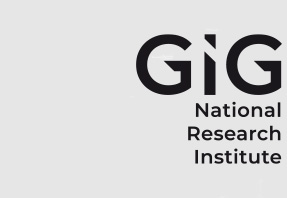Sources of Radon and its Measurement Techniques in Underground Uranium Mines – An Overview
Author ORCID Identifier
Patitapaban Sahu 0000-0002-9975-4616
Durga Charan Panigrahi 0000-0002-7493-9649
Devi Prasad Mishra 0000-0002-0730-3894
Abstract
Purpose This study aims to identify the potential sources of radon exhalation and its measurement in underground uranium mines to control the radiation levels within safe limits and protect miners from radiation hazards. Methods An extensive literature review on radon exhalation in underground uranium mines from various sources such as uranium ore, backfill tailings and mine water has been carried out. The influence of different important factors, viz. ore grade, porosity, grain size and moisture content on radon exhalation has been discussed in depth. Different methods for the measurement of radon exhalation from various sources in mines have also been presented in this paper. Results The review of literature revealed that the radon exhalation rate in porous uranium bearing rocks is less affected by the ore grade than in non-porous rocks. The exhalation of radon from backfill tailings is quantitatively more significant than from the uranium ore itself due to higher bulk porosity and enhanced surface area. Thus, porosity is the dominant factor that affects the rate of radon exhalation from rock surfaces into mine openings. Practical implications The knowledge of the sources of radon and quantitative estimation of radon from various sources will be very much useful in the planning and designing of ventilation systems in underground uranium mines. The accurate measurement of radon exhalation in underground uranium mines can be made by choosing the optimum size of accumulation chamber and a suitable radon build-up period in the chamber. Originality/value The study portrays the important sources of radon and its measurement techniques in underground uranium mines based on an extensive literature review. The methods of measurement of radon exhalation from the ore body and backfill tailings in underground uranium mines, used by the authors of this paper, comparatively give more accurate results than previously used methods. Furthermore, the methods are more effective in terms of portability, cost and time for measuring the average radon exhalation across a large.
Recommended Citation
Sahu, Patitapaban; Panigrahi, Durga Charan; and Mishra, Devi Prasad
(2014)
"Sources of Radon and its Measurement Techniques in Underground Uranium Mines – An Overview,"
Journal of Sustainable Mining: Vol. 13
:
Iss.
3
, Article 5.
Available at: https://doi.org/10.46873/2300-3960.1254
Creative Commons License

This work is licensed under a Creative Commons Attribution-Noncommercial-No Derivative Works 4.0 License.

